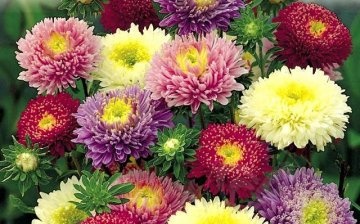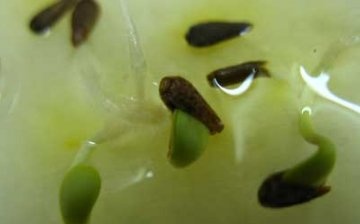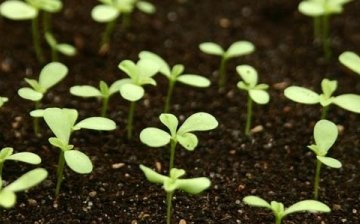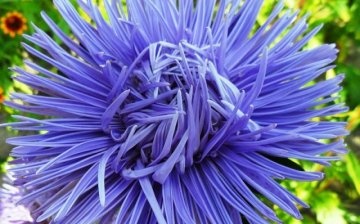Growing asters from seeds
Translated from Latin, the word aster means a star. These incomparable flowers are distinguished by a variety of shapes and colors. They delight us until late autumn, extending the charm of the garden almost to the very snow. Growing asters from seeds does not present any difficulties and even beginner growers can do it. The seeds have a dense shell, but they swell and germinate rather quickly. Before planting, it is better to soak them for speedy germination, then sow into moist soil and lightly (0.5 cm) sprinkle with earth. To obtain seedlings, small boxes or bowls with soil are used, which are covered with glass or wrapped in polyethylene.
Before the appearance of real leaves, watering should be carried out using a spray bottle. When the plants have 2-3 leaves, the shelter can be removed, and the seedlings can be dived. Use only fresh soil for sowing and picking, since asters are quite easily affected by a black leg. By the end of May, seedlings with 3-5 true leaves can be planted in the ground. Asters love calm, sunny places and well-fertilized soil. Do not plant them after gladioli, carnations and tulips, and do not grow them in the same place for two years in a row.
Growing asters from seeds is also possible in the open field, and you can sow it in spring and before winter. In the latter case, they will bloom a couple of weeks earlier and bush harder, but there is a chance that the seeds will freeze, especially if the winter is not snowy. After the emergence of asters seedlings, you need to feed them with mineral fertilizers, and if the soil is depleted, then with humus.











I didn’t know about sowing an aster before winter, but because it really, like any other plant, will begin to develop and bloom earlier.